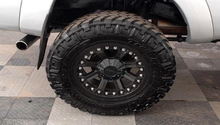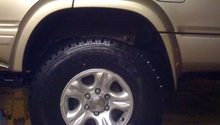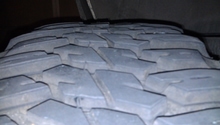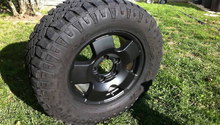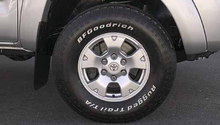Toyota 4Runner, Tacoma, and Tundra: How to Choose Aftermarket Wheels
Learn about the different types of aftermarket wheels available for your car. Get some help picking out the very best ones.
This article applies to the Toyota 4Runner, Tacoma, and Tundra (1984-present).
Searching for aftermarket wheels can seem daunting. There are many different styles and variations available to choose from. It's all about finding a set of wheels that will look and fit best on your particular vehicle. Once you get the look and feel that you are going for, you will get more enjoyment from your car. The following will help you to narrow down what type of wheels you want to purchase.

What You Will Need
- Access to the internet or a catalog in order to browse different styles of tires and rims
Step 1 – Understand components that make the wheel
The "wheel" refers to both the rim and the tire. The rim is the metal part of the wheel that the tire sits on. It is key to understand the difference, because each one has different sizing. This is especially important if you purchase your aftermarket wheels online.
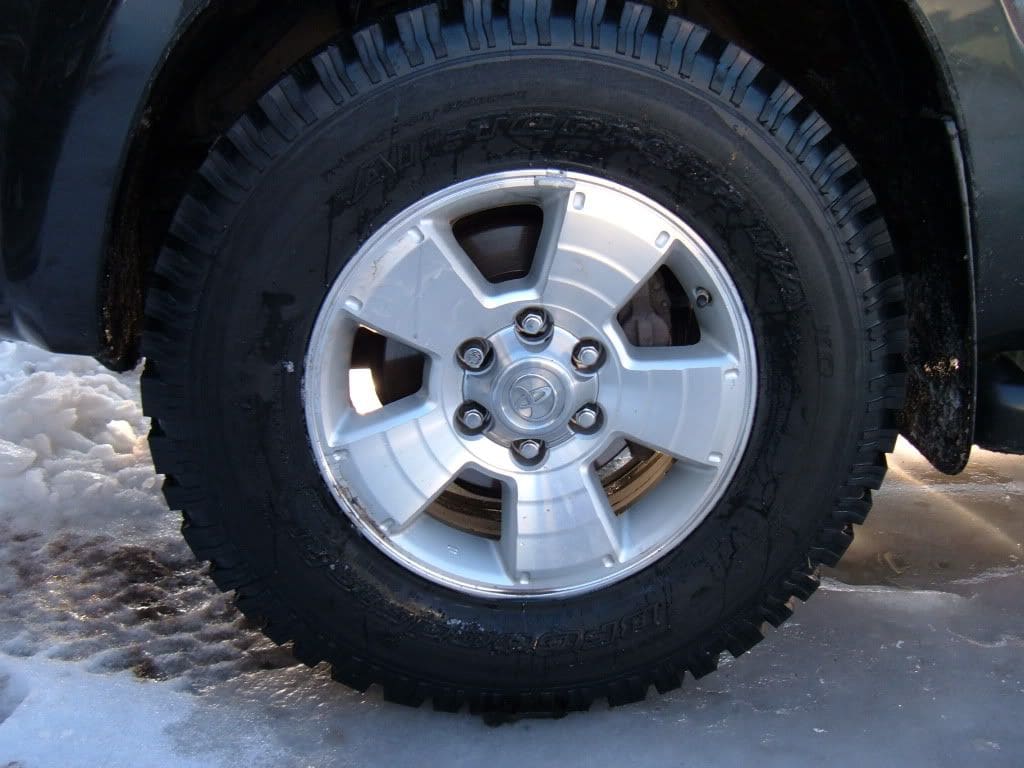
Step 2 – Determine size of your current rim and tires
Assuming you have the stock rims currently on your vehicle, you can check the service manual for the size of your rims. In order to determine the size of your tires, you will need to look at the sidewall. Look for a set of numbers with the following format: P215/65R15. Your tire can have different numbers and letters than the example, but it will follow a similar format. The P in this example represents the type of car, and in this case, it is 'P' for a passenger car. The number after the P in the example, "215", represents the tire width. The next number in the example that follows the slash, "65", is the aspect ratio. Following that is the letter 'R,' which refers to the construction of the tire. In this case it is a radial tire. The '15' on the end refers to the wheel diameter. All you need is to record what that set of numbers and letters looks like on the sidewall of your tire. This way you can determine what sized rim and tire you want to upgrade to.

Step 3 – Establish size of rims and tires you wish to purchase
Keep in mind what size will fit correctly on your car; you need to leave adequate room between the tire and the wheel-well of your car. The larger the rim that you use, the corresponding tire has to be a lower profile to accommodate a larger rim. If you use a smaller rim, you have more space to accommodate a larger profile tire. There are two ways to increase the size of the tire itself: you can go wider or longer. On a larger vehicle such as a truck, you can afford to go larger on the diameter. For passenger cars, this can cause problems, so it is safer to only adjust the width of your wheels.
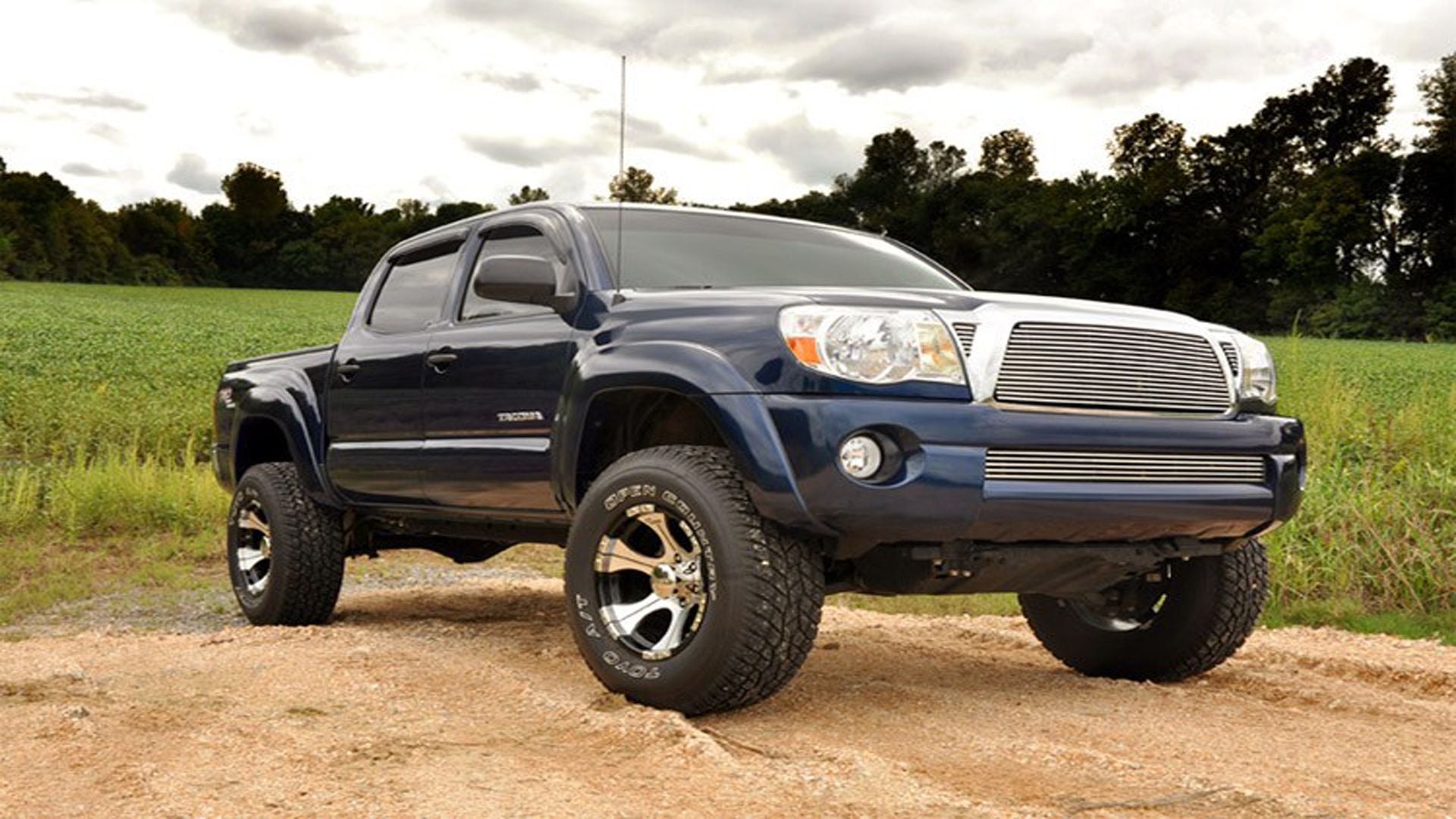
Step 4 – When in doubt, consult your mechanic or a shop
There are a couple different factors that come into play when adjusting wheel sizes. If you put the wrong wheels on your vehicle, you can negatively affect the wheel offset, which is where the steering mechanisms interact with the wheel. It is important that you have wheels that are compatible with the body type of your car. If you have any additional questions, consult your mechanic or talk to someone at a shop that sells tires. They will be able to advise you further on the best fit for your car.

Related Sites
- Upgrading Wheels and Tires - PopularMechanics.com
- How to Read Tire Sizes - GoodYearAutoService.com

